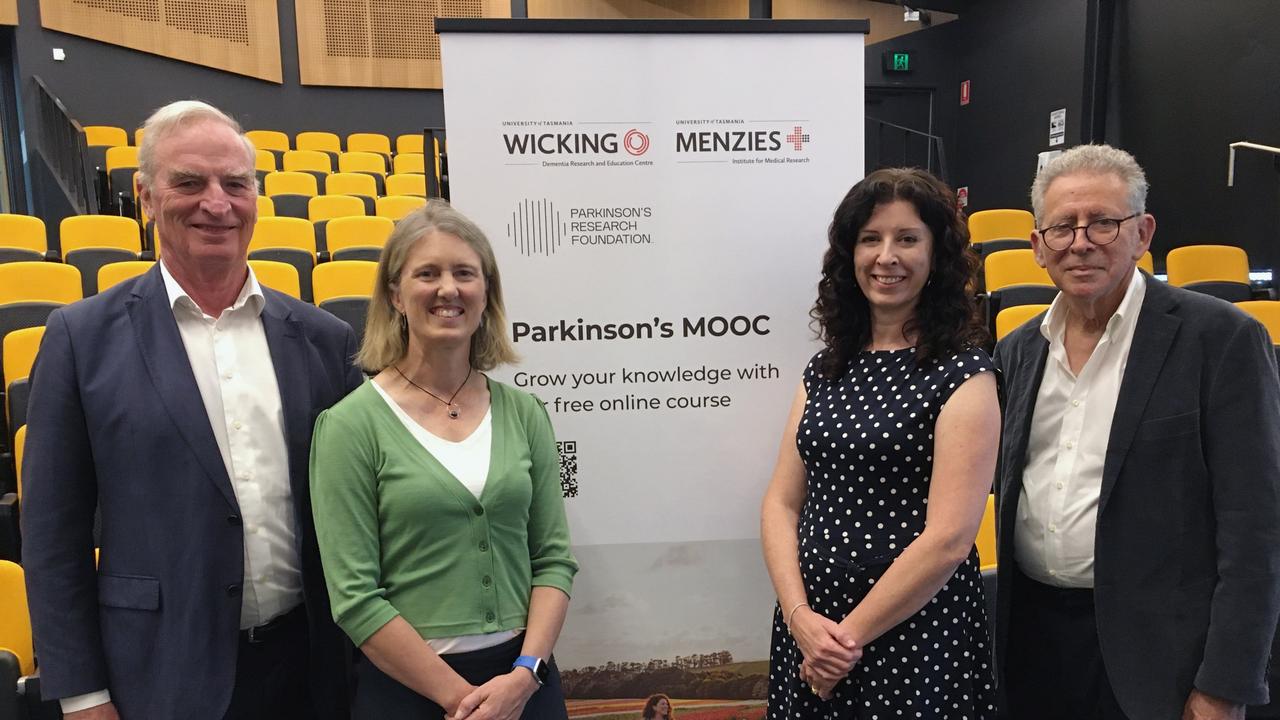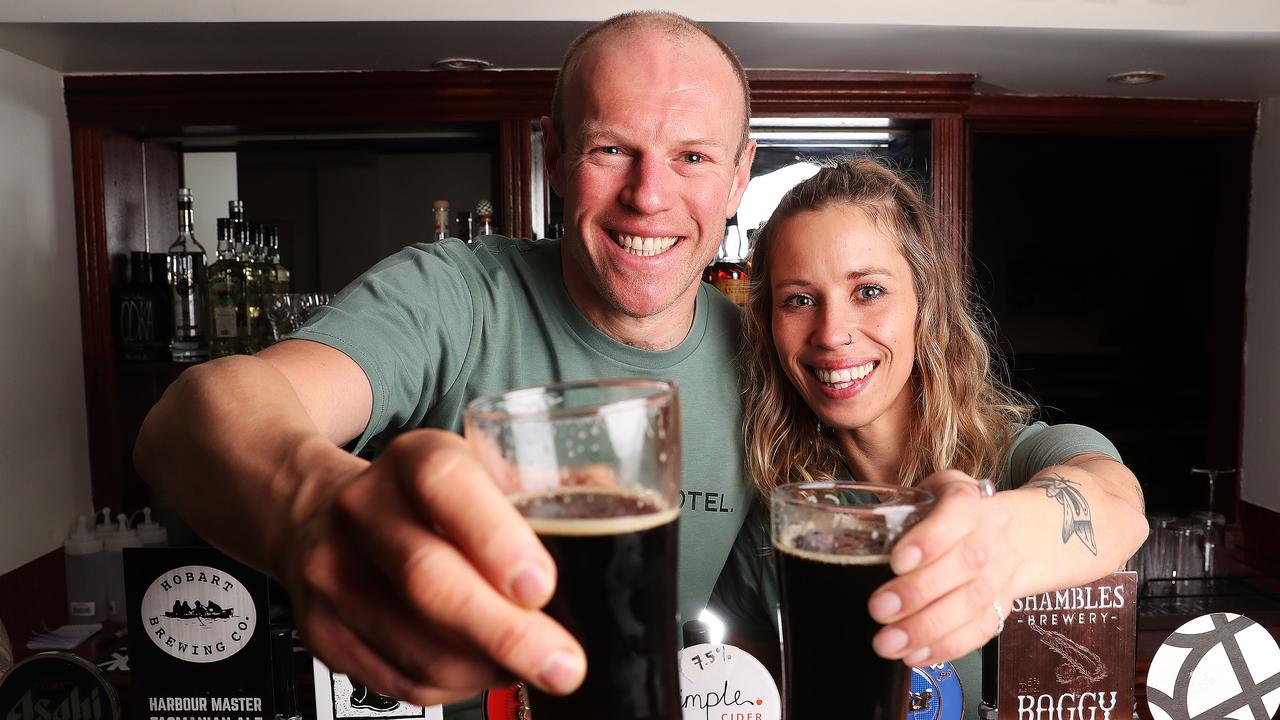‘We need shipwrights’: Fears Tasmania’s maritime history is sinking into oblivion
The MV Goondooloo spent years rescuing drowning souls from the Bass Strait. Her plight since she was retired highlights a worrying trend that could spell disaster for the preservation of Tasmania’s maritime history.
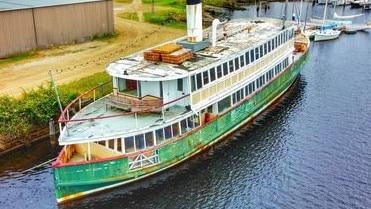
Tasmania
Don't miss out on the headlines from Tasmania. Followed categories will be added to My News.
TASMANIA’s maritime history is slowly sinking, with a shocking dearth of shipwrights and ship facilities to preserve the island’s most precious historic vessels.
That’s the opinion of Craig Bellgrove, who has rescued the MV Goondooloo – a 1958 pilot cutter – from a sandbar in the Tamar River’s “Death Row”.
While the historic vessel was originally used in Darling Harbour to transfer pilots to and from visiting cruise, war and cargo ships, it spent 25 years in northern Tasmania rescuing drowning souls from the Bass Strait.
But when Mr Bellgrove purchased the now-heritage listed boat a few years ago with the hopes of restoring it to its former glory, he was dismayed to discover there were no facilities and few shipwrights in northern Tasmania to work on it.
“Considering the maritime history of the northern part of Tassie, I just think that’s a crying shame,” he said.
“Tasmania as a state is not recognising its very, very rich maritime history by training more shipwrights.”
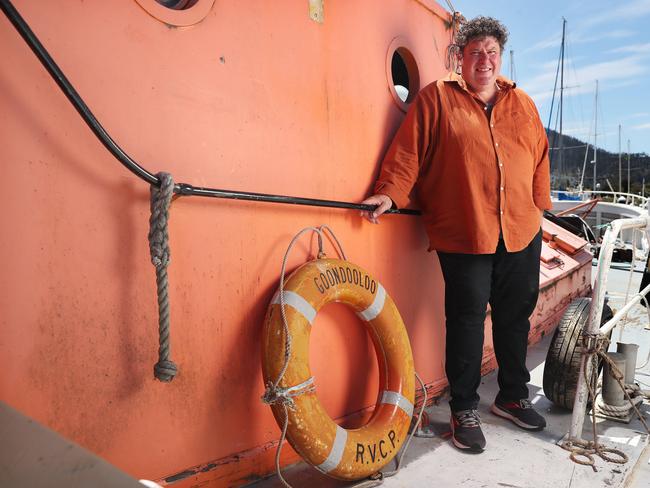
Mr Bellgrove noted it wasn’t just historic vessels that couldn’t get help in northern Tasmania – with recreational, commercial and fishing boats needing to travel to Triabunna or Clean Lift at Prince of Wales Bay in Hobart to get serviced.
“That’s crazy,” he said.
The MV Goondooloo has changed hands a few times since it was retired as a rescue vessel, with Mr Bellgrove discovering it weathering the elements in the mudbanks of the Tamar River.
“There’s no way known she would have survived another winter on Death Row. The deck – there was just too much rot. All these ceilings leaked because they were all rotted out,” he said.
“There was some stuff that needed doing quite immediately to make her seaworthy. She leaked like a sieve, and once we got the motor and everything going, the test run half filled the boat. Sitting, baking in the sun, the wood opens up.”
Mr Bellgrove said the “amazing” Peter Fogerty at Tamar Marine fixed up the mechanical work, so it was fit for sailing towards Hobart – which Mr Bellgrove achieved in 48 hours.
Don Bailey at Derwent Marine, with his hand-picked specialist staff, are now working to restore the MV Goondooloo to its former glory.
Mr Bellgrove said that news was music to the ears of the people who had crewed the boat over the decades, and served apprenticeships on it, both in Launceston and Sydney.
“She’s got this massive following and everyone’s been hoping she’d do something and live again,” he said.
So while there’s a happy ending in sight for the MV Goondooloo, Mr Bellgrove said he was fearful for other boats of its vintage.
“We need shipwrights, we need a more consistent statewide approach.”
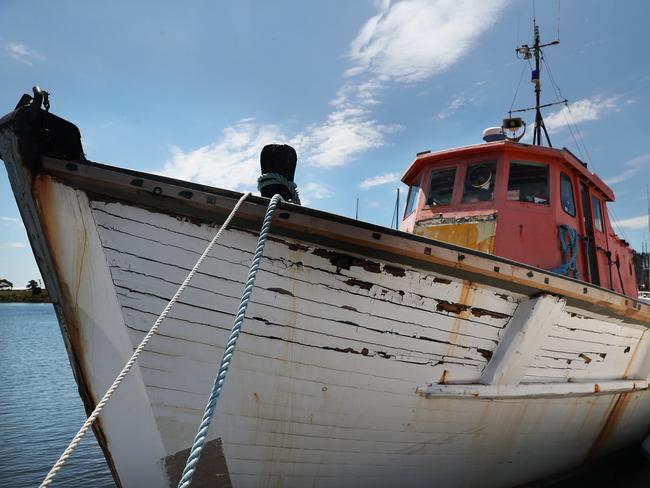
A similar problem has been highlighted with the plight of Hobart’s MV Cartela.
The 1912 steam ship has been used for many purposes, including transporting Hobart people after the collapse of the Tasman Bridge, for weddings, and of course for pleasure cruises with dinner and dancing.
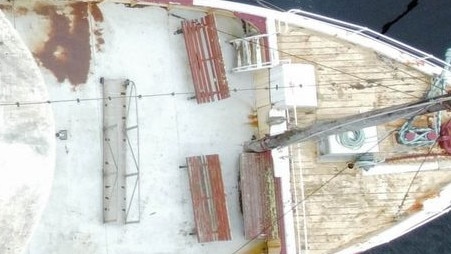
But as George Rance, the chair of the Cartela Trust, wrote in the Mercury on Wednesday, there are no facilitates in Tasmania that can haul the 200-tonne vessel out of the water for the more than 12 months required to restore it.
Despite its lack of slipping and lifting facilities, and its dearth of shipwrights, Tasmania has become the national centre for the Australian Wooden Boat Festival, which Mr Bellgrove said was an “opportunity” to help reinvigorate the state’s shipwrighting industry.
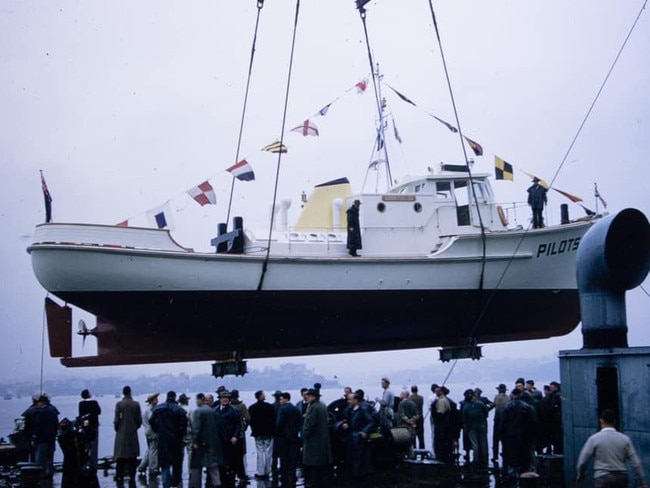
Bella Laughton-Clark, the festival’s program coordinator, said people were moving away from traditional wooden boats for several reasons – but the level of maintenance required was one of the key issues.
“It is important to keep Tasmania’s maritime heritage alive and the festival encourages that, by promoting the trade and celebrating and supporting all restoration projects,” she said.
The upcoming annual festival in February will this year feature a “living restorations area”, Ms Laughton-Clark said, which she hoped would encourage interest in preservation of historic boats.
A government spokesperson said it valued Tasmania’s “incredibly rich and yet relatively understated” maritime heritage.
They said the government had funded the Wooden Boat Centre in the Huon Valley, which taught boat building and told “stories of our maritime past”, providing it with $1.25m in 2021.
But Peter Higgs, president of the Wooden Boat Guild of Tasmania, said these were non-accredited courses, “as opposed to the accredited courses we need in Tasmania”.
“The government didn’t fund fully what we call accredited shipwright courses,” he said, adding there was “no such thing” as a shipwright apprenticeship in Tasmania.
“For 10 years we’ve tried to push the government to fund shipwright training in Tasmania,” he said.
“Most of our shipwrights go to Queensland for their training, and they don’t train on heritage vessels.”
Mr Higgs said Tasmania was “certainly at risk” of losing its maritime history.
“Our heritage is well-recognised by the National Maritime Museum,” he said.
“But we can’t seem to get the government to come on board. Their main interest now is getting a football oval.”
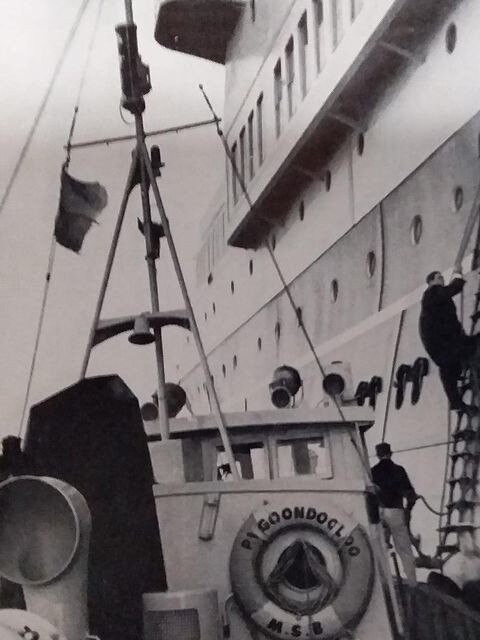
Graeme Broxam, the guild’s secretary and president of the Association of Heritage Boat Organisations, said shipwrighting had become a “cottage industry”, with most operators not in a position to run their own yards.
He said the industry needed a peak body that could talk to the government at different levels.
Originally published as ‘We need shipwrights’: Fears Tasmania’s maritime history is sinking into oblivion




